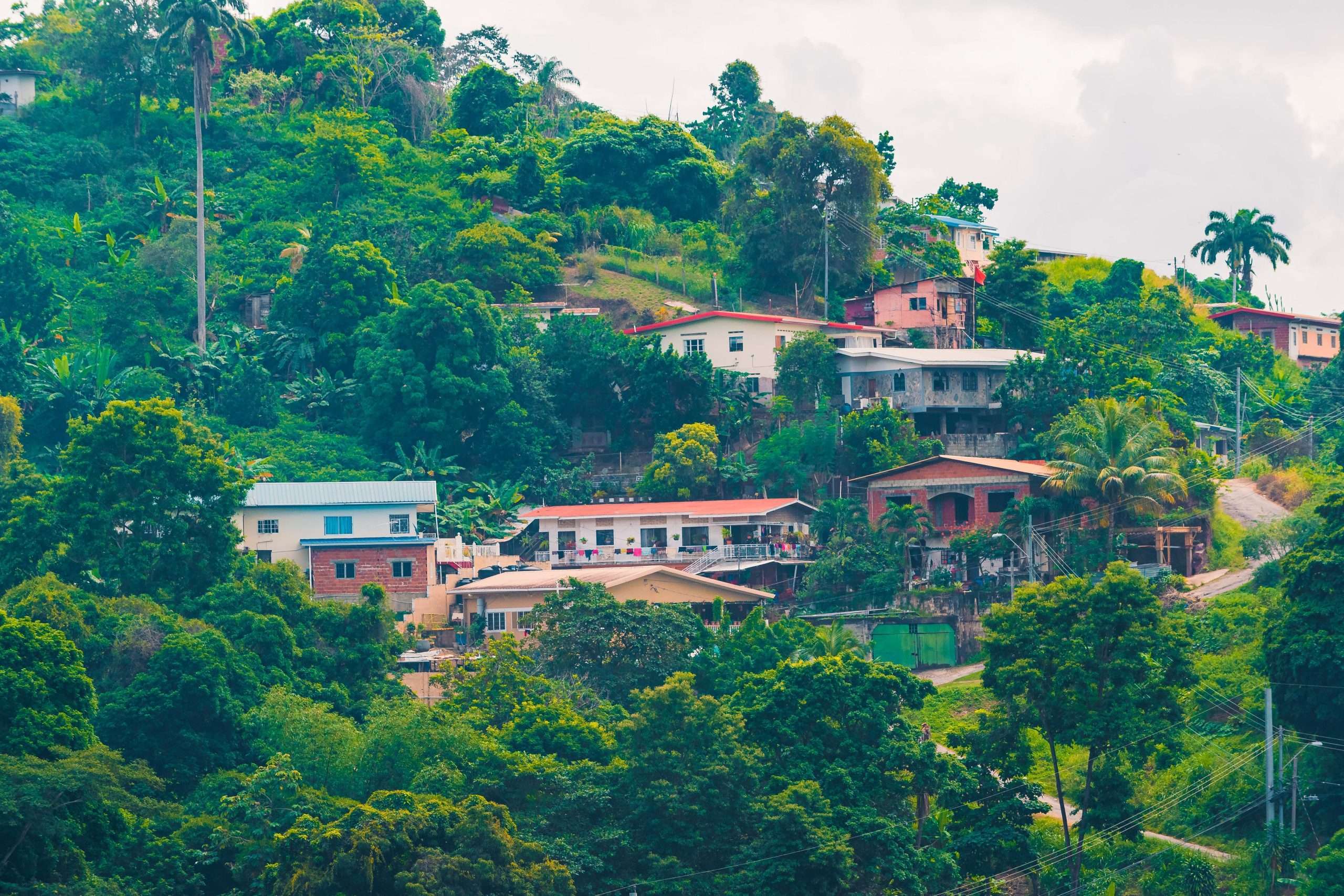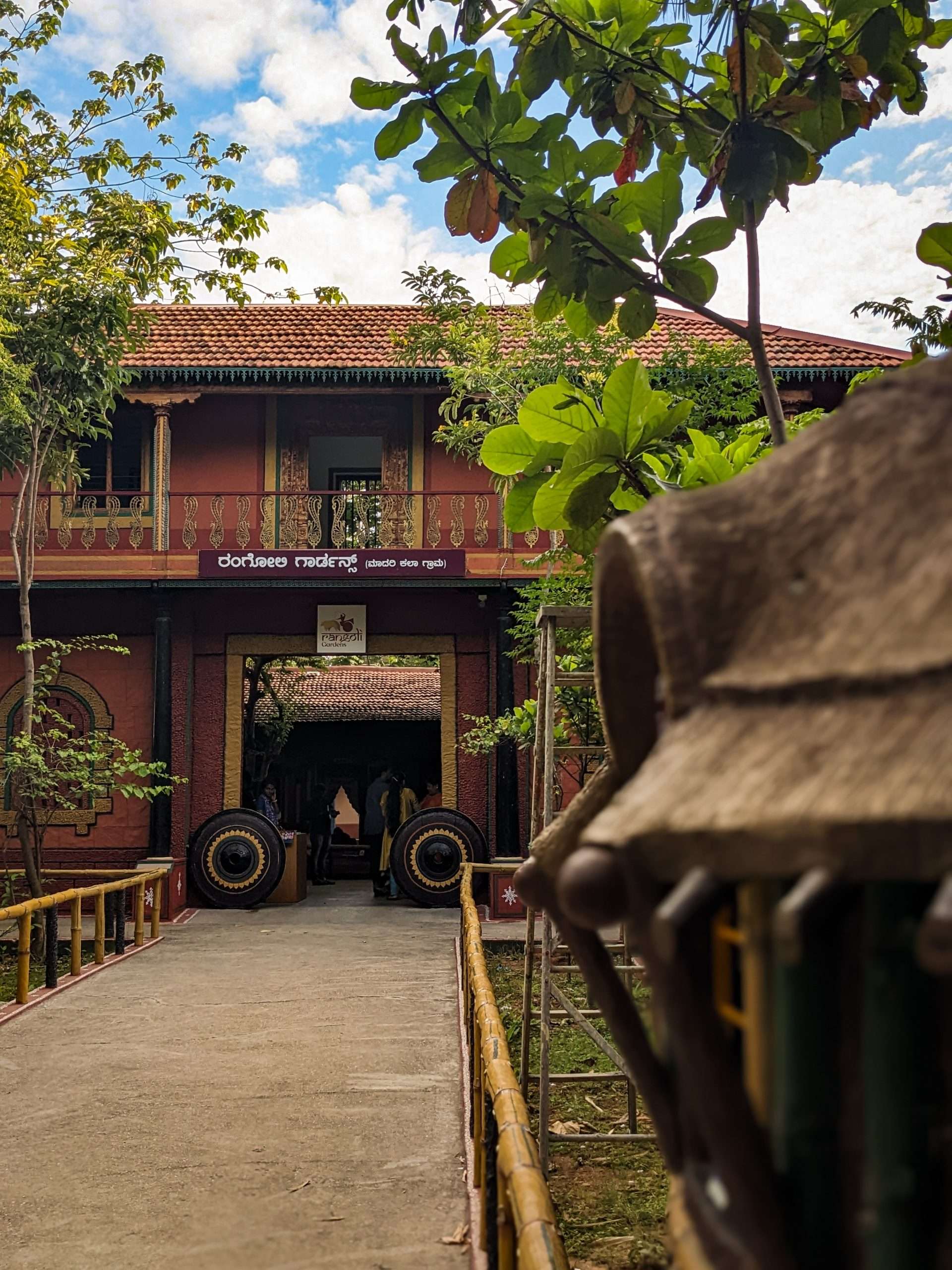Youth Leadership And Improvement of Rural Life Worldwide
Rural life and wonders of Youth Leadership in Improving Rural Life Worldwide 2000s. Are you tired of hearing that the youth are the future? Well, it’s time to start listening because young leaders have been making a significant impact in improving rural worldwide. From developing innovative solutions to addressing environmental issues, empowering communities and enhancing livelihoods, these youths are redefining global leadership. In this blog post, we’ll explore some of the wonders of youth leadership in improving rural around the world in the 2000s. Get ready to be inspired by their stories!
The Power of Youth Leadership
The Power of Youth Leadership in Improving Rural Worldwide
Leadership is a trait that is often admired, and one which many aspire to. It can be seen as a way to make a difference in the world, or simply as an impressive personal quality. Whatever the reason for wanting to become a leader, it is clear that leadership is a valuable skill. And, it is one which youth have the power to harness.
In many parts of the world, young people are making a difference in their rural communities through leadership. They are using their voices to bring about positive change, whether it be through improving access to education or health care, or working to protect the environment. Their efforts are having a real and lasting impact on the lives of those around them.
Here are just a few examples of how youth leaders are making a difference in rural communities around the world:
In India, youth leaders are working to improve access to education in rural areas. One organisation, Teach For India, recruits young graduates and professionals to teach in under-resourced schools for two years. These teachers work tirelessly to ensure that their students receive a quality education and have the opportunity to reach their full potential.
In South Africa, youth leaders are working to combat HIV/AIDS in rural communities. One project, Thembalitsha Foundation’s Care Worker Programme trains young people from these communities to become care workers for those living with HIV/AIDS. These care workers provide much needed
How Youth Leadership is Improving Rural Worldwide
More and more young people are taking on leadership roles in their communities to improve rural worldwide. They are using their creativity, energy and passion to make a difference in the lives of those around them.
These youth leaders are working to improve access to education, healthcare and economic opportunities in rural areas. They are also raising awareness about important issues such as climate change and environmental conservation.

The work of these young leaders is having a positive impact on the lives of millions of people living in rural areas. They are providing hope for a better future for all.
Case Studies
Case studies are one of the most powerful tools in a leader’s toolkit. By studying real-world examples of successful youth leadership initiatives, we can learn what works and replicate it in other contexts. Here are three inspiring case studies of youth leaders making a difference in rural communities around the world.
In Cambodia, 17-year-old Sopheak is using his position as head boy at his school to improve access to education for children in rural areas. He’s been working with his classmates to raise money to pay for books and supplies for kids who can’t afford them, and he’s also helping to organize community clean-up days to keep local schools clean and safe.
In India, 18-year-old Reshma is working to break down barriers between castes in her village. She started a youth group that brings together kids from different caste backgrounds to play sports and do community service projects together. Through her work, she’s helping to build understanding and respect between different groups of people in her village.
In Peru, 16-year-old Luciana is working to improve conditions for farmers in her community. She’s been organizing meetings with local officials to discuss the challenges farmers face, and she’s also working on a project to help farmers diversify their crops and income streams. Her goal is to make sure that farmers have the resources they need to thrive.
The Rural Livelihood And People’s Development
Rural livelihoods are essential to people’s development. They provide food, income, and employment for a large proportion of the world’s population. Rural livelihoods also play an important role in environmental stewardship and cultural preservation.
Contribution of rural livelihoods to people’s development
Food security
Food security: Rural livelihoods provide food for both rural and urban populations. Rural farmers produce the majority of the world’s food, and rural communities also rely on wild foods and other non-agricultural resources for their food security.
Income and employment
Income and employment in Rural life and livelihoods provide income and employment for millions of people around the world. Agriculture and other rural activities, such as forestry and tourism, are major sources of employment in many developing countries.
Environmental stewardship
Environmental stewardship in Rural livelihoods play an important role in environmental stewardship. Rural communities rely on natural resources for their livelihoods, and they have a vested interest in managing these resources sustainably. Rural life and communities also play a role in protecting biodiversity and reducing pollution.
Cultural preservation
Cultural preservation: Rural life and livelihoods are often closely linked to traditional cultures and values. Rural communities play an important role in preserving and passing on these cultures to future generations.
Challenges facing rural livelihoods
Rural livelihoods face a number of challenges, including:
- Poverty: Rural poverty is a major problem in many developing countries. Rural households often have limited access to education, healthcare, and other essential services.
- Climate change: Climate change is having a significant impact on rural livelihoods. Extreme weather events, such as droughts and floods, are becoming more frequent and severe. This is making it more difficult for rural communities to produce food and generate income.
- Land degradation: Land degradation is another major challenge facing rural livelihoods. Overgrazing, deforestation, and other unsustainable practices can lead to land degradation, which reduces the productivity of agricultural land.
- Lack of infrastructure: Rural areas often lack access to basic infrastructure, such as roads, electricity, and telecommunications. This can make it difficult for rural communities to access markets and services.
Promoting sustainable rural livelihoods
There are a number of things that can be done to promote sustainable rural livelihoods, including:
- Investing in education and healthcare: Investing in education and healthcare is essential for improving the lives of rural people. This will help them to develop the skills and knowledge they need to improve their livelihoods.
- Promoting sustainable agriculture practices: Promoting sustainable agriculture practices is essential for protecting the environment and ensuring long-term food security. This includes practices such as crop rotation, agroforestry, and conservation agriculture.
- Improving access to markets and services: Improving access to markets and services is essential for rural communities to generate income and improve their livelihoods. This includes investing in infrastructure and providing rural communities with information and training on market opportunities.
- Empowering rural communities: Empowering rural communities to make decisions about their own development is essential for promoting sustainable rural livelihoods. This includes providing rural communities with access to information, resources, and support.
By promoting sustainable rural livelihoods, we can help to reduce poverty, improve food security, protect the environment, and preserve cultures.
Rural Living and The Contribution To Economic Development
Rural living can contribute to economic development in a number of ways, including:
- Agriculture: Agriculture is a major source of employment and income in rural areas. Rural farmers produce the majority of the world’s food, and agricultural exports can generate significant revenue for developing countries.
- Tourism: Rural areas offer a variety of tourism attractions, such as natural beauty, historical sites, and cultural experiences. Tourism can create jobs and generate income for rural communities.
- Forestry: Forestry is another important economic activity in rural areas. Forests provide timber, fuelwood, and other products that can be sold for income. Forestry can also play a role in carbon sequestration and climate change mitigation.
- Mining: Rural areas are often rich in natural resources, such as minerals and metals. Mining can create jobs and generate income for rural life communities. However, it is important to manage mining operations sustainably to minimize environmental and social impacts.
- Renewable energy: Rural areas have the potential to produce significant amounts of renewable energy, such as solar, wind, and hydroelectric power. This can reduce reliance on imported fossil fuels and create jobs in renewable energy development and operation.
In addition to these specific economic activities, rural living can also contribute to economic development by:
- Supporting small businesses: Rural areas are home to a large number of small businesses. These businesses play an important role in creating jobs and generating income for rural communities.
- Promoting entrepreneurship: Rural life areas offer a number of advantages for entrepreneurs, such as a lower cost of living and a greater sense of community. This can encourage people to start their own businesses and create jobs.
- Attracting investment: Rural areas can attract investment from businesses and individuals who are looking for a more sustainable and livable lifestyle. This investment can help to create jobs and boost the local economy.
Overall, rural living can make a significant contribution to economic development. By investing in rural infrastructure, education, and training, we can help to create a more vibrant and prosperous rural economy.
Here are some examples of how rural living has contributed to economic development in specific contexts:
- In the United States, the rural tourism industry generates billions of dollars in revenue each year. This revenue supports jobs in hotels, restaurants, and other tourism-related businesses.
- In India, the Mahatma Gandhi National Rural Employment Guarantee Act (MGNREGA) guarantees 100 days of work per year to all rural households at a minimum wage. This program has helped to reduce poverty and create jobs in rural India.
- In Kenya, the M-Pesa mobile money transfer service has made it easier for rural people to send and receive money. This has helped to boost the rural economy and improve the lives of rural people.
These are just a few examples of how rural living can contribute to economic development. By investing in rural areas and supporting rural communities, we can create a more prosperous and sustainable world for all.
Conclusion on Rural Life
The 2000s have seen an influx of youth leadership in rural areas across the globe, which has had a powerful impact on improving conditions for those living there. From providing healthcare access to creating educational opportunities to engaging communities and empowering women, these inspiring young people have been at the forefront of making meaningful change for those living in underserved areas. Their tireless efforts are proof that generational shifts can lead to lasting transformations and prove just how effective youth leadership can be in making life better for everyone.


1 thought on “Astonishing Wonders of Youth Leadership In Improving Rural Life Worldwide 2000s”